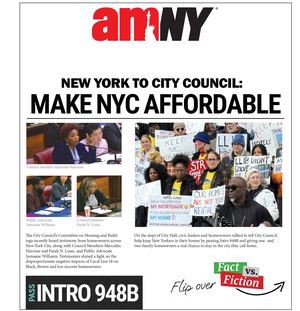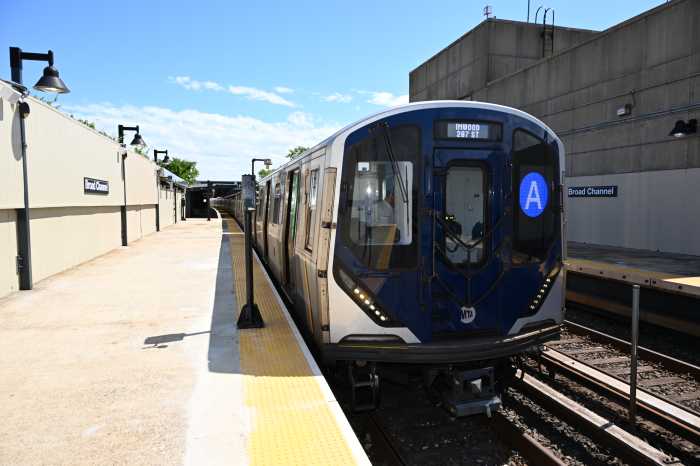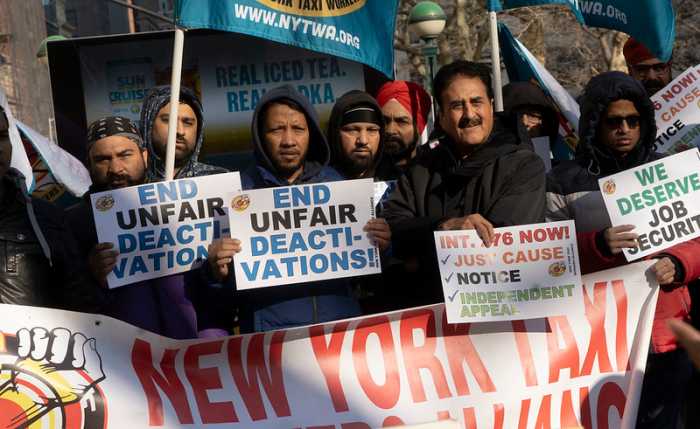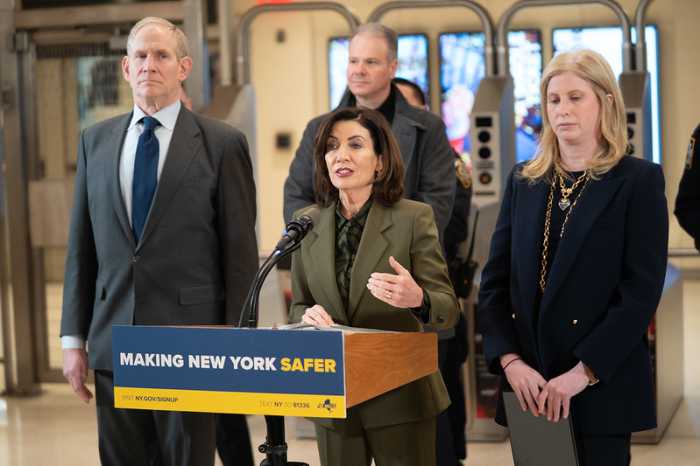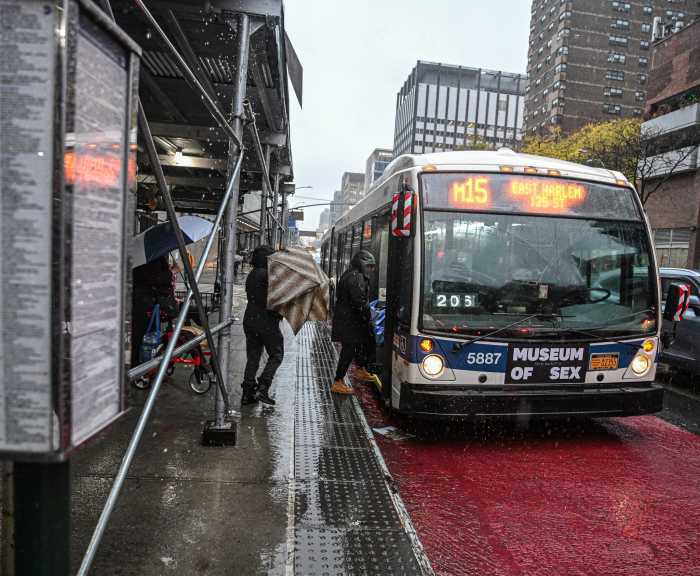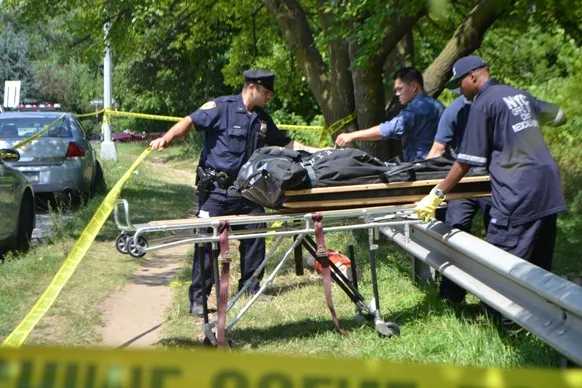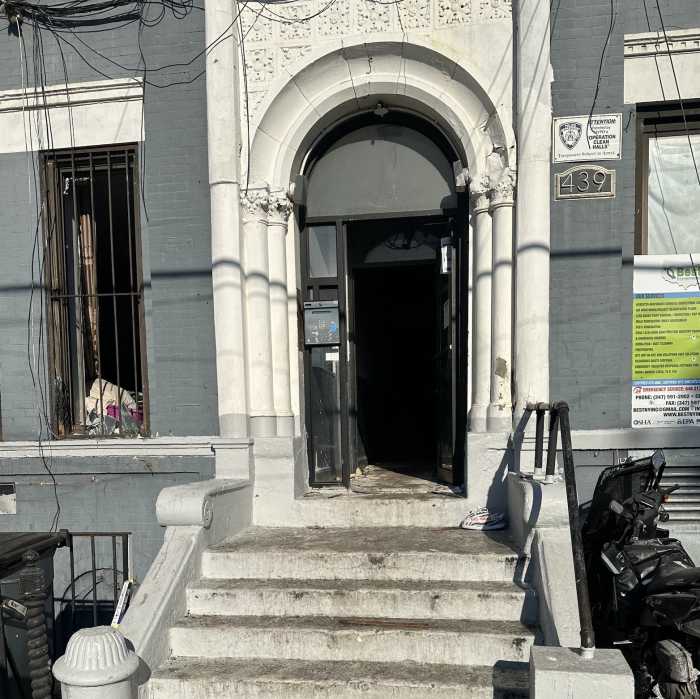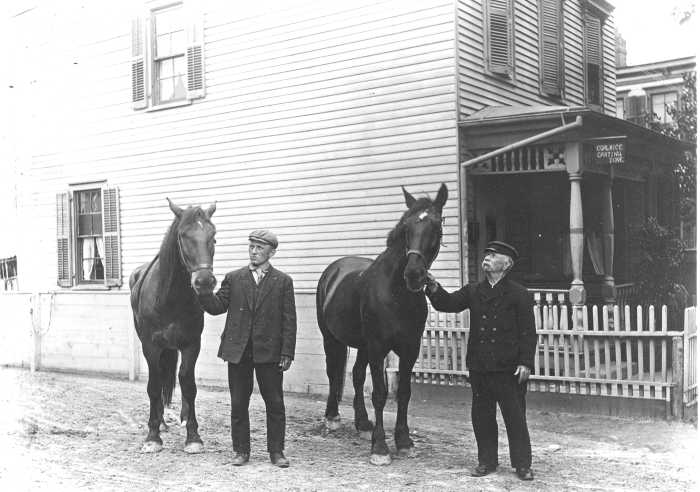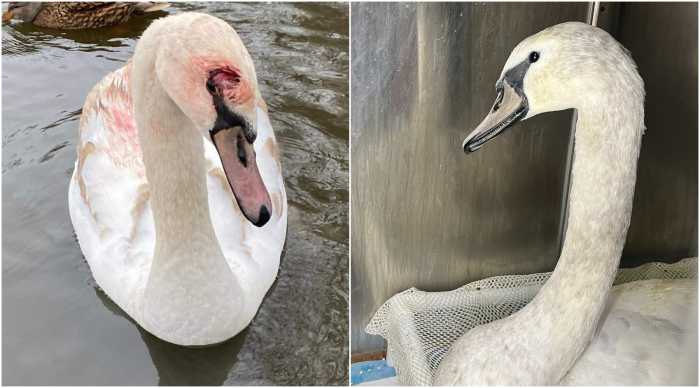
The Champagne is chilled for a New Year’s Second Avenue subway opening, but worries over Phase II are bubbling before the corks pop.
Few doubt the importance of the Upper East Side’s new line; its benefits, to be reaped from day one through the next century, are incalculable. And just as few are likely to remember decades from now that the project’s Phase I cost nearly $4.5 billion.
But some experts believe that the comparatively high price of subway construction in New York City could, in the short term, hinder further necessary expansion needed to support its growth. The groundbreaking for Second Avenue’s next phase — to bring the Q train to 125th Street — is several years away, without much funding secured.
“There’s going to be a tremendous improvement once you flip the switch,” said Richard Barone, the vice president of transportation at the Regional Plan Association, on Phase I’s opening. “It’ll bring great goodwill for the MTA — which they deserve. But the momentum of this opening, I do feel unfortunately, is going to be the biggest missed opportunity: We’re not prepared to start tomorrow on the next phase of the Second Avenue subway.”
There’s currently just north of $1 billion in the MTA’s capital plan through 2019 for preliminary construction work on the Second Avenue’s second leg to East Harlem. An MTA spokeswoman assured that momentum was not lost and noted that the MTA board had approved two contracts for environmental and design consultation in November.
The entire Phase II project will cost $6 billion, according to preliminary estimates from the MTA, which means that construction would likely not start until 2019 or 2020, leaving room for experts to question the project’s timeline and cost.
“Of course we think these are beneficial projects, but that’s all the more reason that you want to be able to do more of them,” said David Bragdon, executive director at TransitCenter, “and do it more efficiently so that you get more mileage for the dollar.”
Bragdon described the price tags for Second Avenue subway projects as “out of whack” when compared to the costs of similar projects in cities like London and Paris, the latter of which just announced a massive, $25 billion plan to build four new metro lines, 68 stations, and more than 120 miles of track by 2030.
“It’s not just that the Second Avenue price seems high, it benchmarks quite poorly compared to peer cities that also have complicated environments,” Bragdon said.
David N. Schleicher, associate professor of law at Yale Law School, believes the Second Avenue subway Phase I to be the most expensive subway project ever built. Schleicher is researching transit projects over the past several decades to delve into construction efficiencies in urban areas. He said that recent MTA expansion projects were wildly more expensive than those overseas.
“If you bought a $40 steak at Peter Luger’s, and then went to Paris and had the same steak for $6,” he said, “You’d ask, ‘What the hell is going on?’”
Schleicher believes that what separates New York from peer cities is the lack of accountability. In New York, he said, money from several levels of government is shifted into an agency expected to carry out the project — often without one person responsible for managing costs.
“There’s not a clear line of accountability,” he said. “If you report that costs are coming in high, who’s going to be fired? Who is taking a hit? No one.”
The MTA points to the fact that its system operates around the clock, making construction challenging. There’s also the complexity of the subway network, which features nearly 200 more stations than the London Underground and 160 more than the Paris Metro.
The Regional Plan Association is also looking into the costs of megaprojects for its Fourth Regional Plan, to be published next year. Barone said he couldn’t definitively say that city subway costs were significantly higher than those in other countries.
He fears that contrasting costs between projects here with those of our sister cities can be inaccurate, often oversimplifying the work involved or overlooking physical aspects of the projects like how many tracks or platforms are built.
“It’s very complicated to make those comparisons,” Barone said. “Some are too quick and dirty. It’s not exactly apples to apples sometimes.”
Looking ahead, the MTA will be considering a design-build process, according to an MTA spokeswoman. The agency said it has found the process to be a successful way to reduce cost and construction time.
The $1 billion already secured for Phase II will also be stretched to cover property acquisition, utility relocation and the evaluation of properties for structural integrity during construction.
Barone said that the city and state could collaborate better on cost savings through land use and utility issues that arise during construction — though he admitted that, given the sour relationship between City Hall and Albany, that seems unlikely.
“It’s easiest to go after the MTA,” Barone said. “But the MTA is not in complete control of its destiny. There are many outside factors determining what it can and cannot do.”
